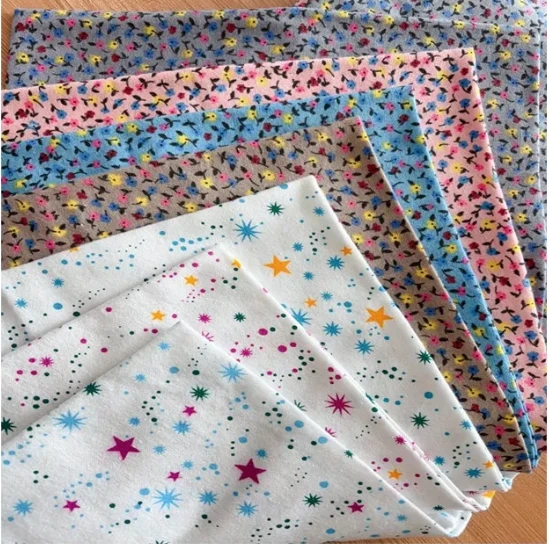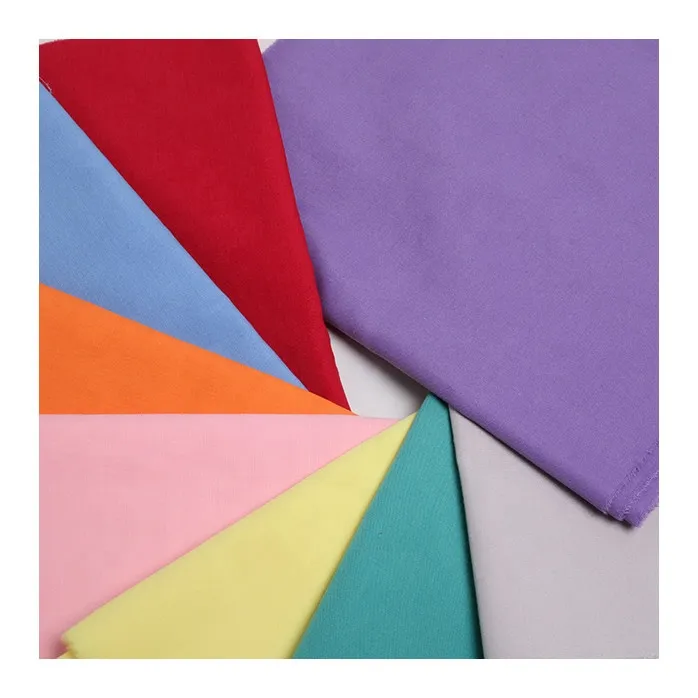
- Afrikaans
- Albanian
- Amharic
- Arabic
- Armenian
- Azerbaijani
- Basque
- Belarusian
- Bengali
- Bosnian
- Bulgarian
- Catalan
- Cebuano
- Corsican
- Croatian
- Czech
- Danish
- Dutch
- English
- Esperanto
- Estonian
- Finnish
- French
- Frisian
- Galician
- Georgian
- German
- Greek
- Gujarati
- haitian_creole
- hausa
- hawaiian
- Hebrew
- Hindi
- Miao
- Hungarian
- Icelandic
- igbo
- Indonesian
- irish
- Italian
- Japanese
- Javanese
- Kannada
- kazakh
- Khmer
- Rwandese
- Korean
- Kurdish
- Kyrgyz
- Lao
- Latin
- Latvian
- Lithuanian
- Luxembourgish
- Macedonian
- Malgashi
- Malay
- Malayalam
- Maltese
- Maori
- Marathi
- Mongolian
- Myanmar
- Nepali
- Norwegian
- Norwegian
- Occitan
- Pashto
- Persian
- Polish
- Portuguese
- Punjabi
- Romanian
- Russian
- Samoan
- scottish-gaelic
- Serbian
- Sesotho
- Shona
- Sindhi
- Sinhala
- Slovak
- Slovenian
- Somali
- Spanish
- Sundanese
- Swahili
- Swedish
- Tagalog
- Tajik
- Tamil
- Tatar
- Telugu
- Thai
- Turkish
- Turkmen
- Ukrainian
- Urdu
- Uighur
- Uzbek
- Vietnamese
- Welsh
- Bantu
- Yiddish
- Yoruba
- Zulu
Jan . 13, 2025 15:33
Back to list
clothing materials
Choosing the right clothing materials is a critical decision that impacts comfort, functionality, and style, thus playing a significant role in consumer satisfaction and product success. As an expert in textiles and fashion, I have navigated through various fabrics to offer insights that are crucial for both consumers and designers. Understanding clothing materials involves recognizing their properties, uses, and benefits, which ultimately enhances the garment's wearability and appeal.
Silk continues to be esteemed for its unmatched elegance and smooth texture. Its natural protein fibers confer a lightweight and luxurious feel, making it suitable for eveningwear and lingerie. Silk’s delicate nature demands prioritizing gentle handling and specialized detergent during laundering to preserve its sheen and structure. Bamboo fabric, a relatively novel contender, is gaining popularity due to its eco-friendly nature and inherent softness. It is resistant to odor and has thermoregulating advantages, making it a promising choice for sustainable fashion lines. However, potential issues concerning its processing and the sustainability of its sourcing remain topics for ongoing research and debate. Innovative materials such as recycled polyester and organic cotton are reshaping the fashion industry by addressing environmental concerns. These options are becoming central to brand narratives seeking to promote sustainable practices while meeting the growing consumer demand for eco-conscious products. In conclusion, choosing the right clothing materials involves balancing personal and environmental considerations while leveraging new technologies to enhance fabric performance. As an authority in this field, I advocate for informed decisions that harmonize style, functionality, and sustainability, ensuring that clothing not only meets the aesthetic expectations but also contributes positively to the environment and consumer experience.


Silk continues to be esteemed for its unmatched elegance and smooth texture. Its natural protein fibers confer a lightweight and luxurious feel, making it suitable for eveningwear and lingerie. Silk’s delicate nature demands prioritizing gentle handling and specialized detergent during laundering to preserve its sheen and structure. Bamboo fabric, a relatively novel contender, is gaining popularity due to its eco-friendly nature and inherent softness. It is resistant to odor and has thermoregulating advantages, making it a promising choice for sustainable fashion lines. However, potential issues concerning its processing and the sustainability of its sourcing remain topics for ongoing research and debate. Innovative materials such as recycled polyester and organic cotton are reshaping the fashion industry by addressing environmental concerns. These options are becoming central to brand narratives seeking to promote sustainable practices while meeting the growing consumer demand for eco-conscious products. In conclusion, choosing the right clothing materials involves balancing personal and environmental considerations while leveraging new technologies to enhance fabric performance. As an authority in this field, I advocate for informed decisions that harmonize style, functionality, and sustainability, ensuring that clothing not only meets the aesthetic expectations but also contributes positively to the environment and consumer experience.
Latest news
-
The Versatility and Elegance of White Cotton Poplin FabricNewsJun.23,2025
-
The Luxurious Comfort of Carded CottonNewsJun.23,2025
-
Explore the Luxurious Comfort of Cotton Flannel ClothNewsJun.23,2025
-
Discover the Versatility of Cotton Poplin ClothNewsJun.23,2025
-
Bleach Cotton FabricNewsJun.23,2025
-
100 Cotton BlendNewsJun.23,2025
-
Versatile Elegance with Poplin Fabric for SaleNewsMay.15,2025
